Jan Gossaert (Netherlandish, c. 1478 - 1532), Portrait of a Merchant, c. 1530
Jan Gossaert (Netherlandish, c. 1478 - 1532), Portrait of a Merchant, c. 1530, oil on panel; overall: 63.6 x 47.5 cm (25 1/16 x 18 11/16 in.), framed: 83.8 x 68.6 x 5.7 cm (33 x 27 x 2 1/4 in.); Ailsa Mellon Bruce Fund, 1967.4.1, National Gallery of Art, Washington © 2016 National Gallery of Art, Washington, DC
Occupational portraits like this were a northern tradition. The prosperous businessman is depicted with the tools of his trade: writing implements, sealing wax, scales, a pile of coins, and sheafs of paper labeled “letters” and “drafts.’ He may be Jeronimus Sandelin, later a tax collector in Zeeland, where Gossaert worked near the end of his life. In the 1500s merchants and bankers were eyed with suspicion and distrust despite their economic importance. Gossaert captures the man’s cautious frugality without caricature. His large figure fills the picture frame, and the precision of painted detail gives his portrait presence and immediacy.

/https%3A%2F%2Fprofilepics.canalblog.com%2Fprofilepics%2F1%2F0%2F100183.jpg)
/https%3A%2F%2Fstorage.canalblog.com%2F03%2F02%2F119589%2F96711876_o.jpg)
/https%3A%2F%2Fstorage.canalblog.com%2F11%2F31%2F119589%2F94773502_o.jpg)
/https%3A%2F%2Fstorage.canalblog.com%2F20%2F83%2F119589%2F94772815_o.jpg)
/https%3A%2F%2Fstorage.canalblog.com%2F26%2F72%2F119589%2F75604929_o.jpg)
/https%3A%2F%2Fstorage.canalblog.com%2F59%2F60%2F119589%2F26458628_o.jpg)
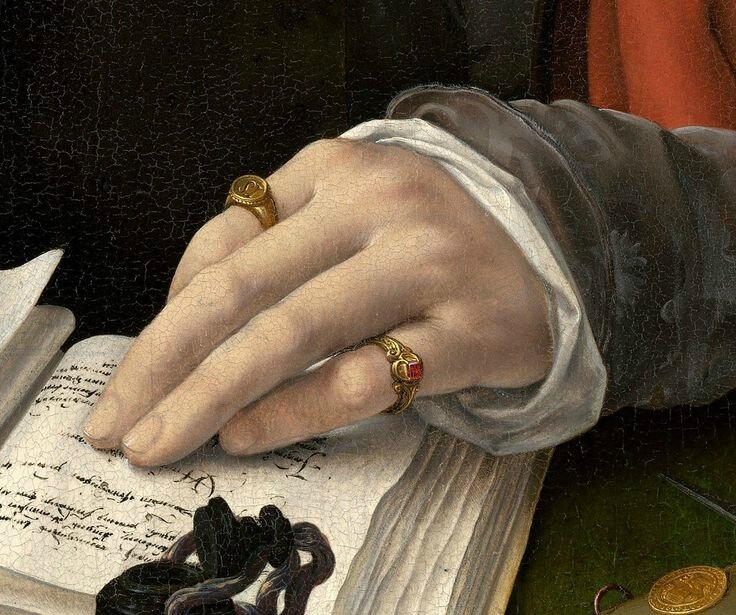
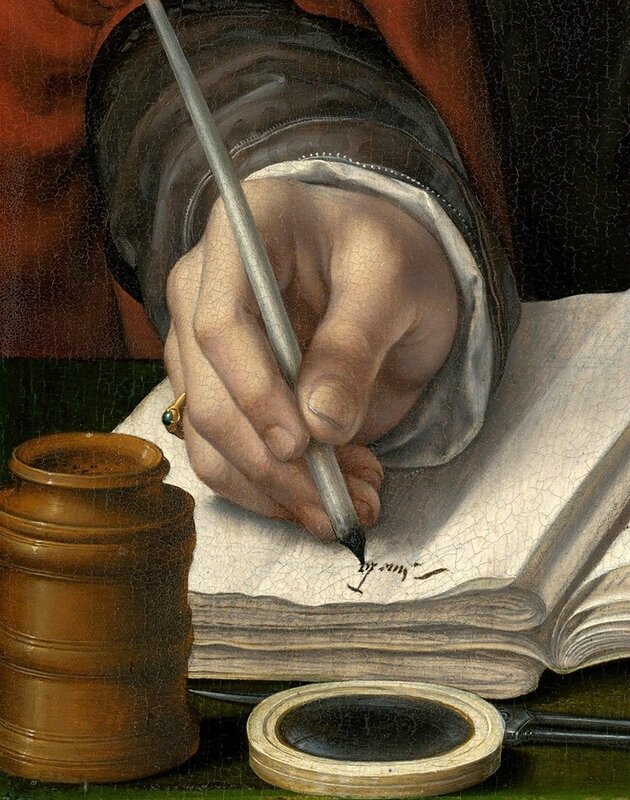
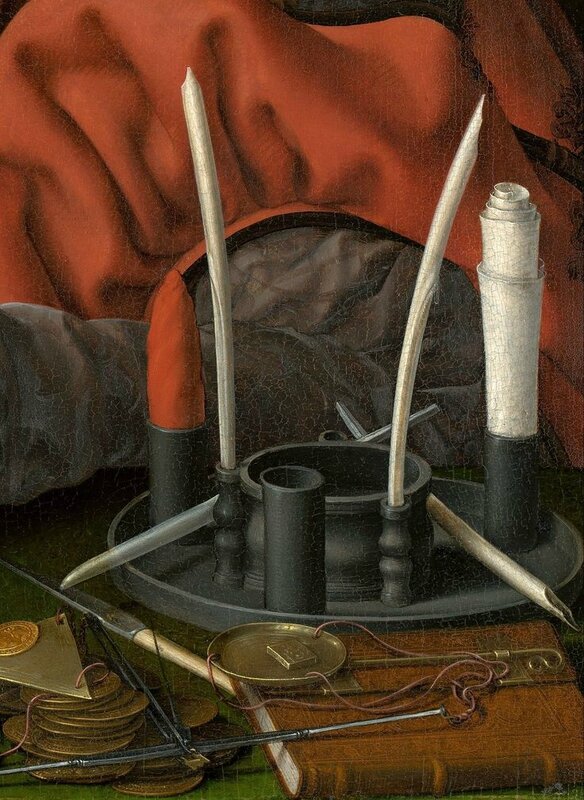
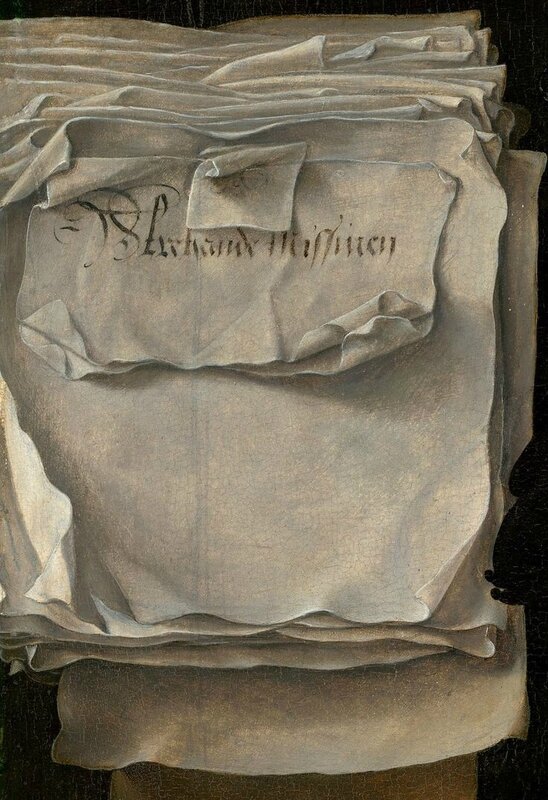
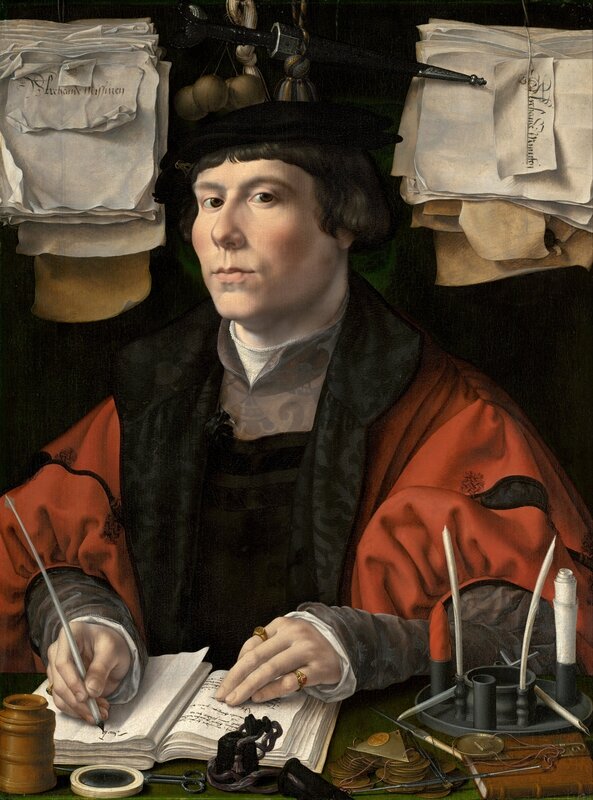


/http%3A%2F%2Fstorage.canalblog.com%2F52%2F32%2F119589%2F118941483_o.jpg)
/http%3A%2F%2Fstorage.canalblog.com%2F00%2F77%2F119589%2F112956564_o.jpg)
/http%3A%2F%2Fstorage.canalblog.com%2F43%2F29%2F119589%2F107815613_o.jpg)
/http%3A%2F%2Fstorage.canalblog.com%2F24%2F72%2F119589%2F95281831_o.jpg)